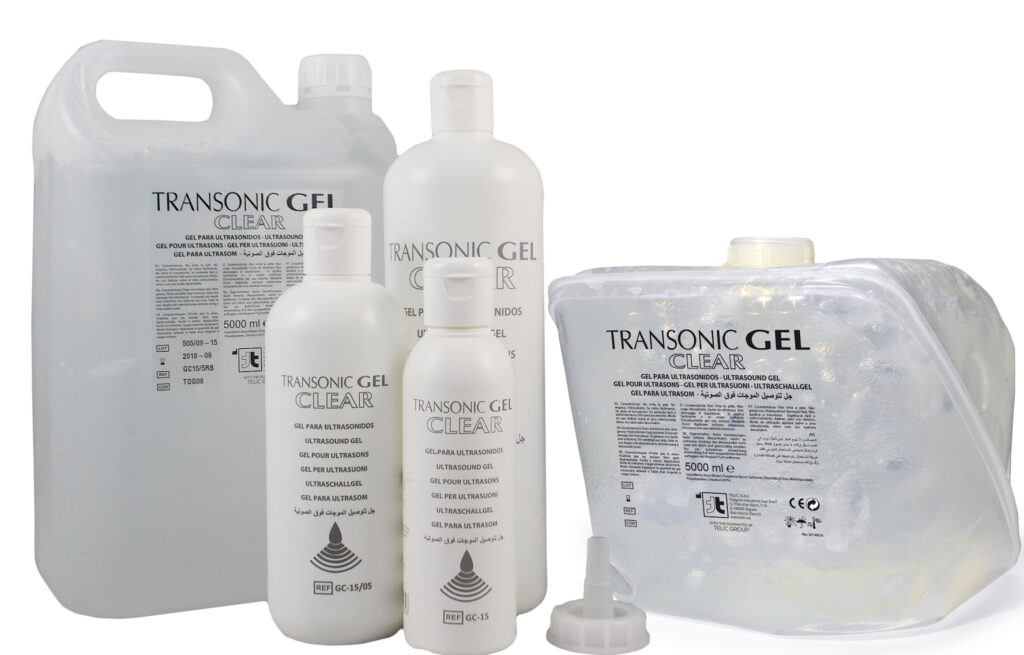in Buying Guide
Ultrasound Gel: An Essential Component in Medical Imaging

Ultrasound technology has revolutionised the field of medical imaging, providing a non-invasive method to visualise internal organs and tissues. A critical component of this technology is ultrasound gel, a seemingly simple substance that plays a vital role in the effectiveness of ultrasound exams. This article delves into the properties, functions, and applications of ultrasound gel, highlighting its importance in diagnostic and therapeutic procedures.
What is Ultrasound Gel?
Ultrasound gel is a conductive medium that is applied to the skin before an ultrasound probe is used. Its primary purpose is to facilitate the transmission of ultrasonic sound waves from the transducer (the handheld device that emits and receives sound waves) into the body and back again. Without the gel, air trapped between the transducer and the skin would interfere with the transmission of sound waves, leading to poor image quality.
Composition and Properties
Ultrasound gel is typically composed of water and a thickening agent, such as propylene glycol or carbomer, which gives it a gel-like consistency. The water content is crucial for conductivity, while the thickening agent ensures that the gel stays in place on the skin and does not run off during the procedure. Additionally, the gel may contain humectants to keep it from drying out, and preservatives to prevent microbial growth.
Some key properties of ultrasound gel include:
- Conductivity: Efficiently transmits ultrasound waves.
- Viscosity: Stays in place on the skin.
- Hypoallergenic: Safe for use on all skin types.
- Non-staining: Does not leave marks on clothing or skin.
How Ultrasound Gel Works
The effectiveness of ultrasound imaging relies on the principle of acoustic impedance, which is the resistance a material offers to the passage of sound waves. When sound waves travel from one medium to another (for example, from the ultrasound transducer to the skin), a difference in acoustic impedance can cause reflection or refraction of the waves, reducing image clarity.
Ultrasound gel reduces the acoustic impedance mismatch between the transducer and the skin, ensuring that the majority of the sound waves penetrate the body and produce clear images. The gel fills in any air gaps and provides a continuous path for the sound waves, enhancing the quality of the diagnostic images.
Applications of Ultrasound Gel
Ultrasound gel is used in a wide range of diagnostic and therapeutic applications, including:
- Obstetrics and Gynecology: Ultrasound gel is crucial for imaging during pregnancy, allowing clear visualisation of the fetus, placenta, and amniotic fluid. It is also used in gynaecological exams to assess the health of the reproductive organs.
- Cardiology: In echocardiograms, ultrasound gel helps obtain detailed images of the heart’s structure and function, aiding in the diagnosis of various cardiac conditions.
- Musculoskeletal Imaging: Ultrasound gel is used to examine muscles, tendons, ligaments, and joints, helping diagnose injuries, inflammation, and other conditions.
- Abdominal Imaging: It aids in visualising organs such as the liver, kidneys, pancreas, and bladder, assisting in the diagnosis of conditions like gallstones, kidney stones, and liver disease.
- Vascular Imaging: Ultrasound gel is essential in Doppler ultrasound studies, which assess blood flow and detect blockages or abnormalities in blood vessels.
Benefits of Ultrasound Gel
The use of ultrasound gel provides several benefits, enhancing the overall effectiveness and patient experience during ultrasound procedures.
- Improved Image Quality: By reducing the acoustic impedance mismatch, ultrasound gel ensures high-quality images, leading to more accurate diagnoses.
- Patient Comfort: The gel’s hypoallergenic properties minimise the risk of skin irritation, making the procedure more comfortable for patients.
- Non-invasive and Safe: Ultrasound gel is safe for use on all skin types and does not interfere with the body’s natural functions.
- Cost-Effective: Ultrasound gel is relatively inexpensive, contributing to the overall affordability of ultrasound procedures.
Advances in Ultrasound Gel Technology
While the basic composition of ultrasound gel has remained largely unchanged, recent advancements have focused on enhancing its properties and usability. Innovations include:
- Non-Reflective Gels: These gels are designed to minimise the reflection of sound waves, further improving image clarity.
- Speciality Gels: Formulated for specific applications, such as low-viscosity gels for certain types of probes or high-viscosity gels for procedures requiring a thicker layer of gel.
- Environmentally Friendly Options: Development of biodegradable and eco-friendly gels to reduce environmental impact.
Ultrasound gel may appear to be a simple substance, but its role in medical imaging is indispensable. By ensuring the effective transmission of sound waves between the ultrasound transducer and the patient’s body, it enhances image quality and diagnostic accuracy. As ultrasound technology continues to evolve, so too will the formulations and applications of ultrasound gel, further solidifying its importance in the field of medical imaging.
